How Is Water Wasted? Water, one of the planet’s most vital resources, is often misused or lost in large quantities due to human activities and inefficient systems. This unnecessary waste not only worsens global water scarcity but also causes serious harm to ecosystems and the environment. As such, finding effective ways to manage and reduce water waste has become increasingly urgent.
Water Wasted And Production
What is water waste and generation?
Waste of water resources refers to the unreasonable or excessive use of water resources, resulting in unnecessary consumption or pollution. This phenomenon can occur in various fields such as households, agriculture, industry, etc., such as overuse and waste in households, inefficient irrigation methods in agriculture, excessive use of water in industrial production processes, or direct discharge of untreated industrial wastewater into rivers, lakes.
What impact does wastewater have on the environment?
The impact of different wastewater on the environment mainly includes polluting water bodies, destroying ecosystems, and endangering human health. Toxic and harmful substances enter the water body through wastewater, which will cause deterioration of water quality and affect the safety of human drinking water and the survival of aquatic organisms. Water resource waste and wastewater management are particularly important, not only to ensure the effective use of water resources, but also to prevent environmental pollution and protect ecosystems and human health.
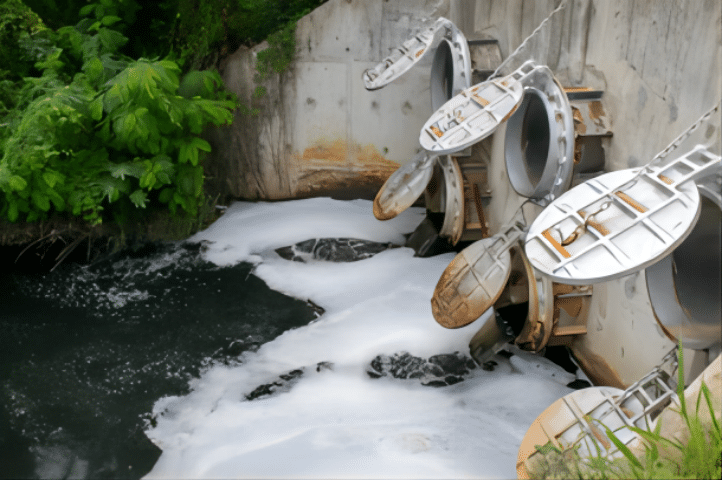
The Status Quo Of Water Resources Being Wasted
Whether it is household, industry or agriculture, the situation of water waste is ubiquitous.
- Household: Behaviors such as leaving taps open for long periods of time, using excess water when bathing, washing dishes or doing laundry.
- Agriculture: Using inefficient irrigation methods, such as flood irrigation, will result in large amounts of water evaporating or infiltrating, instead of being effectively absorbed by plants.
- Industry: Excessive use of water in the production process, or untreated industrial waste water is directly discharged into rivers, lakes.
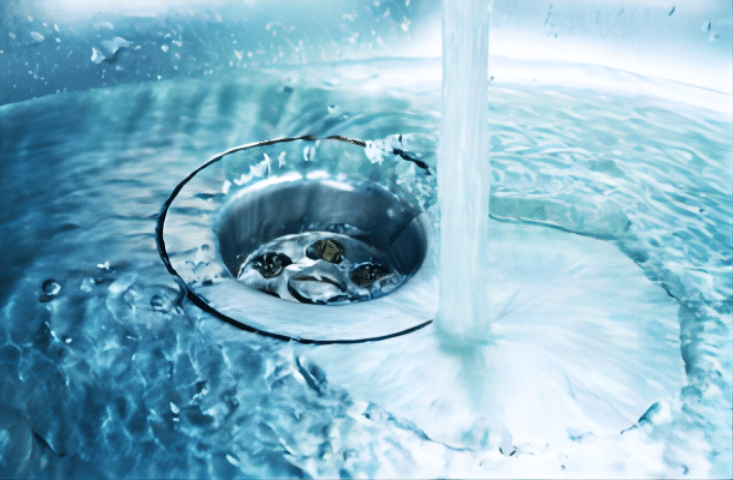
Waste Water Quality Parameters
| Water Quality Parameters | Value Range |
| pH Value | 1-14, of which 7 is neutral |
| Biochemical Oxygen Demand(BOD) | 1-400 mg/L |
| Chemical Oxygen Demand(COD) | 30-20000 mg/L |
| Total Suspended Solids(TSS) | 10-5000 mg/L |
| Total Dissolved Solids(TDS) | 100-10000 mg/L |
| Total Nitrogen(TN) | 5-100 mg/L |
| Total Phosphorus(TP) | 1-20 mg/L |
| Ammonia(NH3) | 1-1000 mg/L |
| Heavy Metals | 0.01-50 mg/L |
| Pathogens | variable |
| Oil and Grease | 10-1000 m |
How to deal with wasted water resources?
Physical Preprocessing
- Coarse sieve: By setting a coarse screen, remove large suspended particles and solid impurities in the wastewater, such as rags, branches and rocks. The multi-rake screen achieves high removal efficiency and low head loss.
- Fine Screens: Further fine screens are used to remove material such as solids and suspended matter that can cause operational and maintenance problems during downstream water treatment. Compared with coarse screening, it can separate solid waste from raw water more finely.

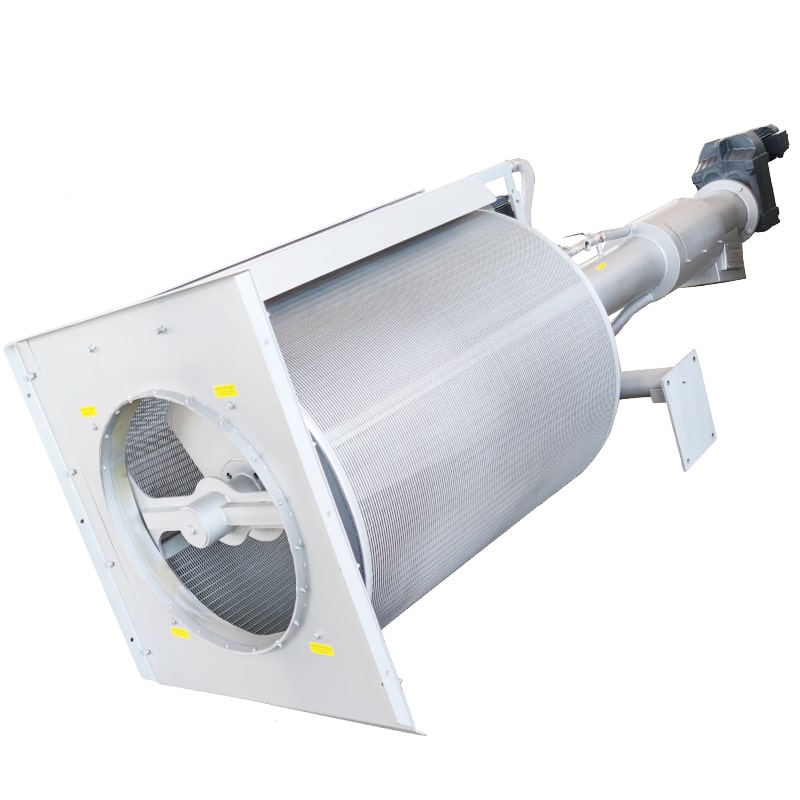
Primary Treatment
After physical pretreatment, most of the solids in the wastewater have been cleaned up, but there will still be residual particles and germs remaining in the water.
- Sedimentation tank: Due to the action of gravity, the suspended solids and part of the sediment in the wastewater settle to the bottom to form a sludge layer, which further precipitates the suspended solids in the wastewater.
- Flocculant dosing equipment: add flocculant to condense the tiny suspended solids in the wastewater into large flocs.
Secondary Treatment
Primary treatment alone is not enough, wastewater also undergoes secondary treatment, using biological processes to purify the water. In the secondary treatment stage, trickling filter and activated sludge processes use the remaining bacteria in the wastewater to remove most of the organic matter.
Tertiary Treatment
Chemical dosing system: Dosing chemical agents, such as phosphate and nitrogen compounds, etc., to remove phosphorus, nitrogen and other substances in wastewater. Use the dosing equipment to evenly add the medicament to the wastewater, and fully mix it through the mixing equipment, so that it can fully react with the pollutants in the wastewater, so that the suspended solids and colloidal particles in the wastewater gather together to form larger sediment, and then separate it by sedimentation or flotation.
Disinfection device: Use ozone as a disinfectant to kill bacteria and pathogens remaining in water through the strong oxidation of ozone. KUOSI’s ozone generator can act as a disinfectant.
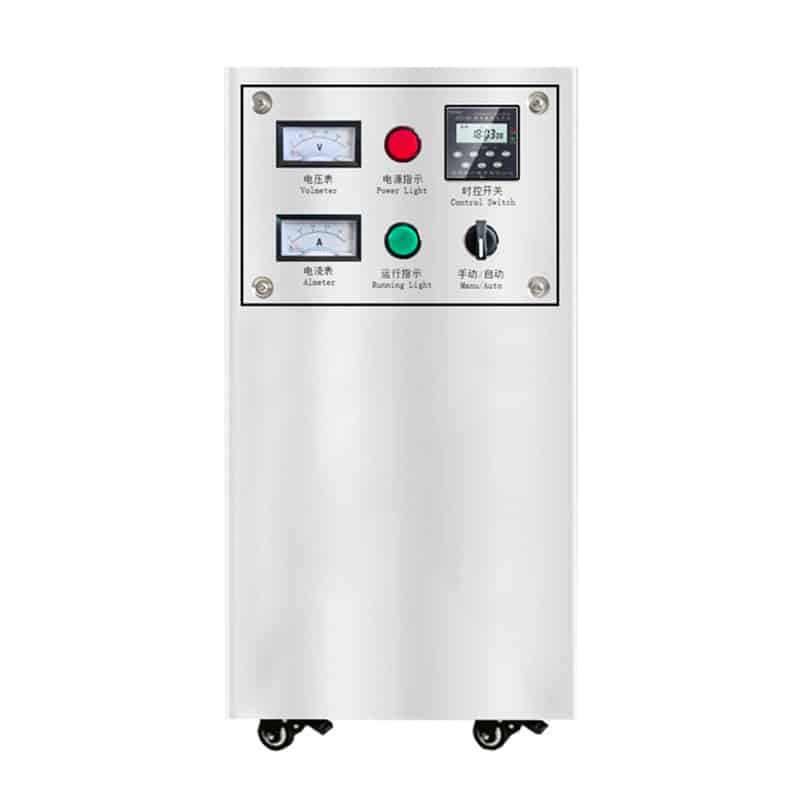
Sludge Treatment and Disposal
Dehydration: For dehydration of sludge after wastewater treatment, screw presses can be used as ideal equipment. The screw press has the advantages of energy saving, stability and high degree of automation. It is widely used in municipal sewage treatment projects and water treatment systems in food, petroleum, pharmaceutical, chemical, paper, leather and other industries to reduce its water content and facilitate subsequent treatment and disposal.
Sludge digestion or incineration: Before incineration or landfill treatment of sludge, use a sludge dryer to remove moisture from the sludge through evaporation, which can reduce the volume and weight of the sludge, making it suitable for recycling or destruction, making the sludge Mud can be recycled for multiple uses.
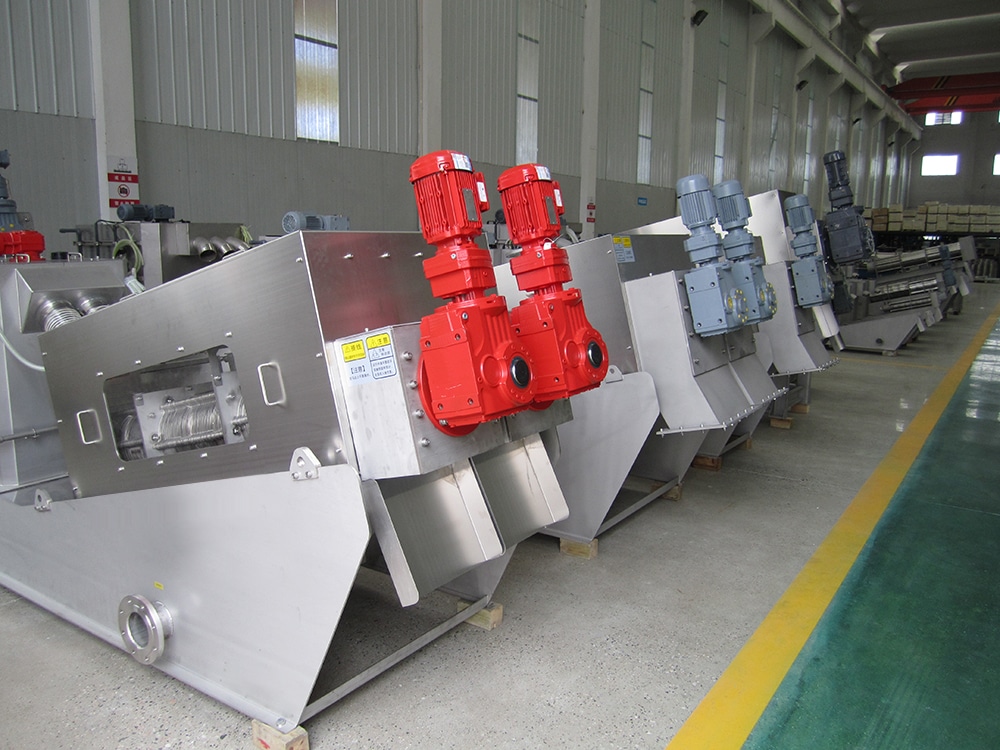
How to solve the problem of water waste?
- The government should issue corresponding regulations and policies to stipulate water resource use standards for different industries and individuals, strictly control the exploitation and use of water resources, and impose fines on overexploitation and waste.
- Improve the utilization efficiency of water resources: improve the utilization efficiency of water resources through scientific and technological innovation and technological upgrading. For example, advanced water-saving technologies and equipment can be used in industrial production, and water-saving irrigation methods such as drip irrigation and sprinkler irrigation can be used in agricultural irrigation.
- After effective treatment of wastewater, it can be used for farmland irrigation, urban greening, industrial water, etc. This can not only effectively reduce the demand for fresh water resources, but also reduce the impact of direct sewage discharge on the environment.
Summary
With the waste of water resources to generate waste water, it is important to carry out the treatment of waste water. KUOSI, a leading supplier of industrial sludge and wastewater treatment equipment and solutions, will help your business to formulate the best equipment selection and solutions after an evaluation process by experienced experts. Contact KUOSI immediately to get equipment quotation or consult industry solutions.
